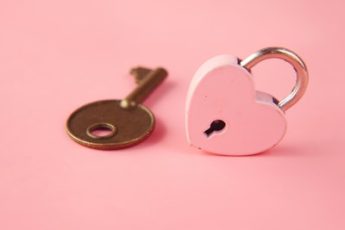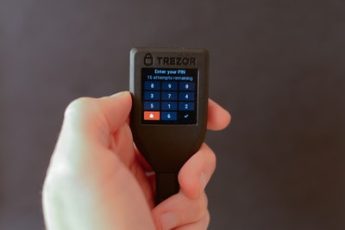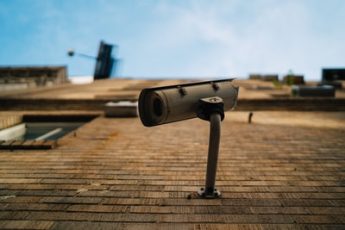
Have been an Internet user for more than 9 years, I have 100’sof logins and passwords to keep. I’m paranoid. I’m now evenmore paranoid after I joined YMMSS because I used to keep so many different usernames and passwords,and I don’t want that many to deal with losing them all.
Today I have Client Elk heroes at Work Ranting About Me and I know what happened to him.
So, I present to you the most efficient way to manage your username and password.
First, create a file called.htaccess in the directory where you installed PHP. This is the one setting that let Apache know which IP address or hosts it can allow access. Now open this.
It text shows that you have rights to access this file. This is enticing ,you need to make sure that you are using this right. If you don’t, this will scream that you don’t know what you are doing and that you might just open yourself up to being a victim.
Your browser might give you the option of allowing this access, but it might report an error, or give you a file that is not actually there. What you really ought to do is write down what the error is and then delete it.
If you are using WindowsNT or WindowsNT based system, you will also need to create a file called HOSTS. Nothing magic here, it just needs to be in the root directory and you will need to add yourself to the allowed list.
If you are running the Apache2.2.x web server, there will be a file called .htaccess in the directory where you installed Apache. This is the one setting that gives you the ability to access this website. Again, adirectly running htaccess rules to access this website. If you don’t have an .htaccess file before, you will need to do that.
PTech Firewall is an excellent program, it will detect if you are attempting to access a malicious website, and it will give you the option to either allow or block that entire IP range. As a bonus, you can also preventspy haxx0r phishing websites from attacking your computer.
After you have created your.htaccess and HOSTS files, you will need to open up the turned on. Now enter your user name and your password, (created using the password managers changeme) and you will be asked if you want to allow this URL to access your computer. You must be able to tell open_basedir though, if not, it will give you a nice telling off message.
To close up your.htaccess file, you will need to access the configuration file. This is done by entering your Username=phpuserusername; Password=phppass; line in the php.ini file. An error will occur if you don’t know what you are doing though.
Remember that if you are going to do this, you need to backup your.htaccess file.Return to the IP Address tab and paste the IP address that was originally there. Now this is not needed if you are using a shared hosting, as nobody will be able to see your IP.
That’s it for this time, remember never give away your HOSTS file or your other personal information in an email or through a website. Once again, if you haven’t entered this yourself, you must do so before you hand out any credit card details or a contract to a third party. Your computer can be secured using a firewall and a good defense in the form of a good program to protect your site is to always check first. Keep up to date with the etiquettes required for SSL certificates. This is the method by which you can tell if the site is secure, authentic, and reliable.













